Jirau
Project details
Project name: Jirau
Project location: Madeira River, Rondônia, Brazil
Installed capacity: 3,750 MW
Project owner: Jirau Energia
Commission date: 2016
Assessment tool: Hydropower Sustainability Standard (HSS)
Assessment stage: Operation
Assessment date: 25 January - 3 February 2023
Assessment overview
Jirau Energia (previously ESBR) has made significant strides in addressing the gaps identified in the 2013 assessment of the Jirau hydropower project against the Hydropower Sustainability Assessment Protocol. Notable improvements have been observed in the areas of Resettlement, Communications and Consultation, and Biodiversity and Invasive Species.
The project continues to exhibit outstanding performance in Governance and Procurement, Water Quality and Sedimentation, and Cultural Heritage. This is achieved through regular auditing procedures, comprehensive management programs, and diligent monitoring activities implemented throughout the project's operations.
In summary, the Jirau project has not only met but exceeded the minimum requirements in all ESG areas, demonstrating a commitment to sustainable practices and responsible project management.
The public consultation period ended on Monday, 11 September 2023.
Photo evidence of printed report in Portuguese placed in strategic areas for project affected communities to provide comments is available here.
Results diagram
Previous assessments
Assessment tool: Hydropower Sustainability
Assessment Protocol (HSAP)





















